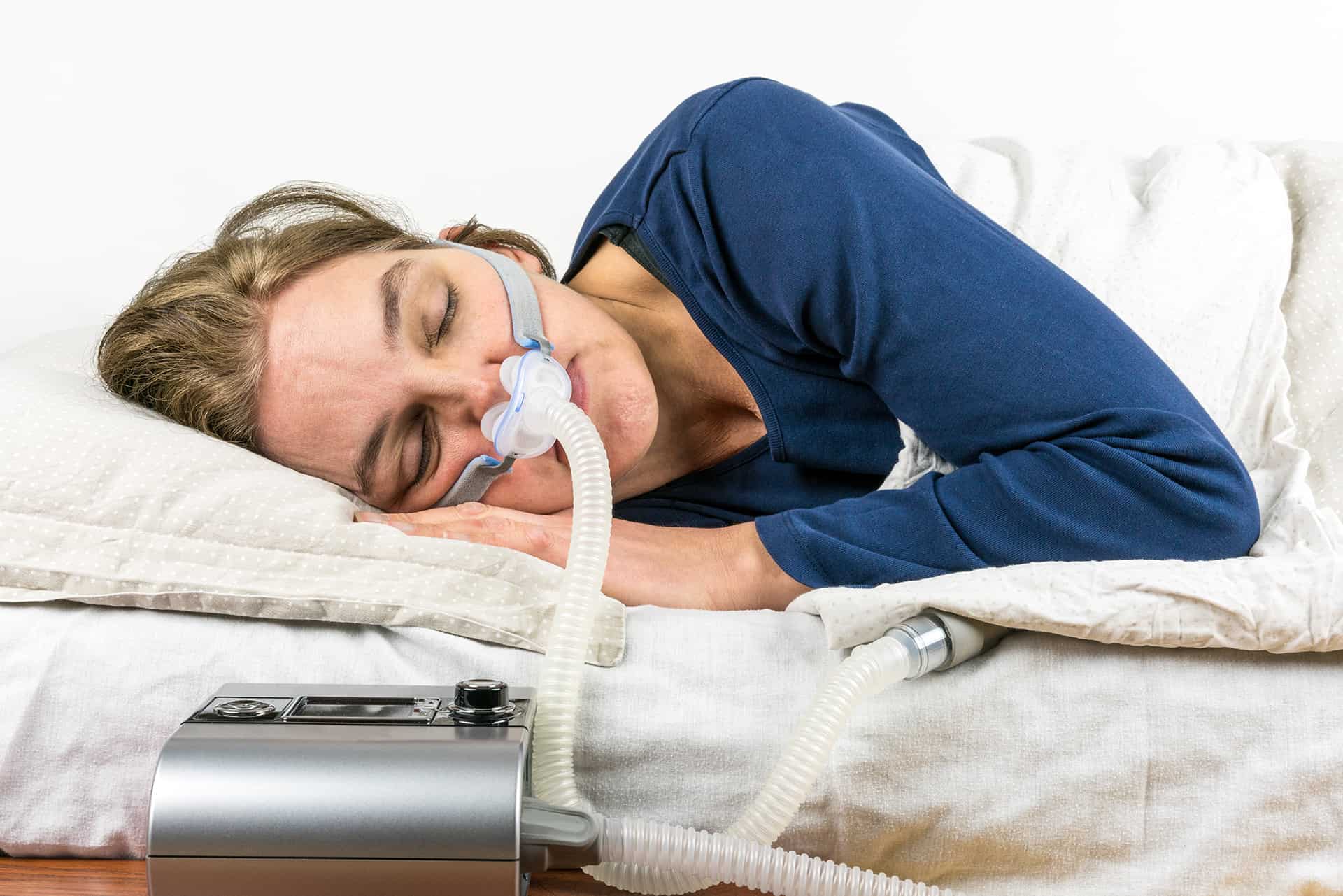Abstract
BACKGROUND Reduced endothelium dependent vasodilation has been reported in patients with obstructive sleep apnoea (OSA) but direct measurements of the most potent naturally occurring vasodilator, nitric oxide (NO) or its derivatives (nitrate and nitrite, NOx), have not yet been performed in these patients.
METHODS In 21 patients with OSA of mean (SE) age 54 (2) years, body mass index (BMI) 30.9 (1.1) kg/m2, and apnoea-hypopnoea index (AHI) 37 (4)/h, NOx levels were measured in peripheral venous blood samples by chemiluminescence. Blood samples were obtained before and after two nights of continuous positive airway pressure (CPAP) and after 5.5 (1.5) months of follow up. Thirteen age matched, healthy volunteers and 18 patients without OSA but with a similar spectrum of comorbidity served as controls (control groups 1 and 2).
RESULTS Before CPAP NOx levels were 21.7 (1.5) μM in patients with OSA compared with 42.6 (2.2) μM and 36.7 (1.7) μM in control groups 1 and 2, respectively (p<0.01 for each comparison). NOxconcentrations increased to 32.1 (2.7) μM after two nights of CPAP and remained constant at 32.9 (2.3) μM at follow up (p<0.01 compared with levels before CPAP).
CONCLUSIONS Plasma NOx levels are reduced in OSA and can be increased by short and long term CPAP therapy. Although the precise mechanism underlying this observation remains to be clarified, it may have important implications for the development of cardiovascular disease in patients with OSA and for the life saving effect of CPAP.






